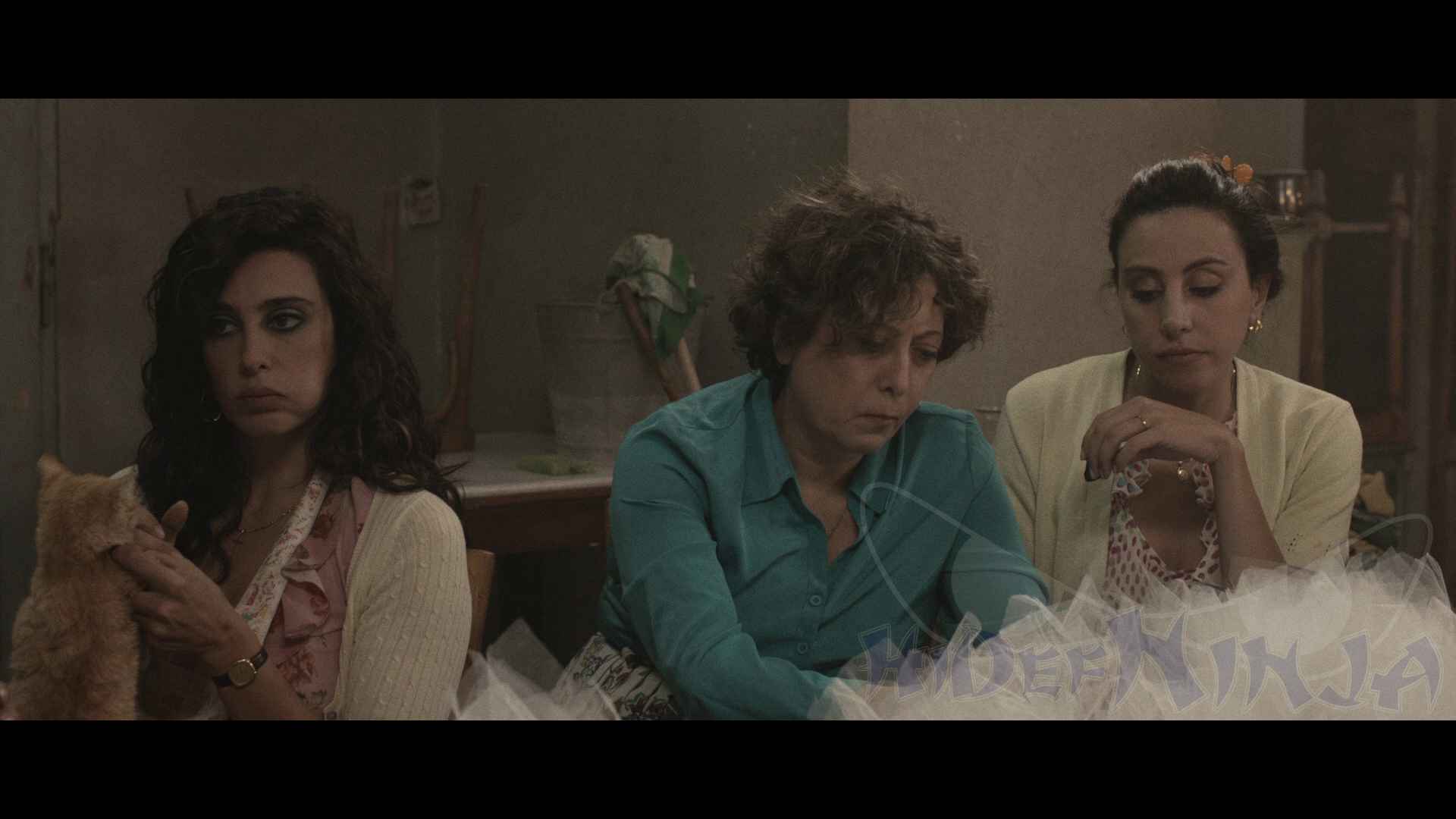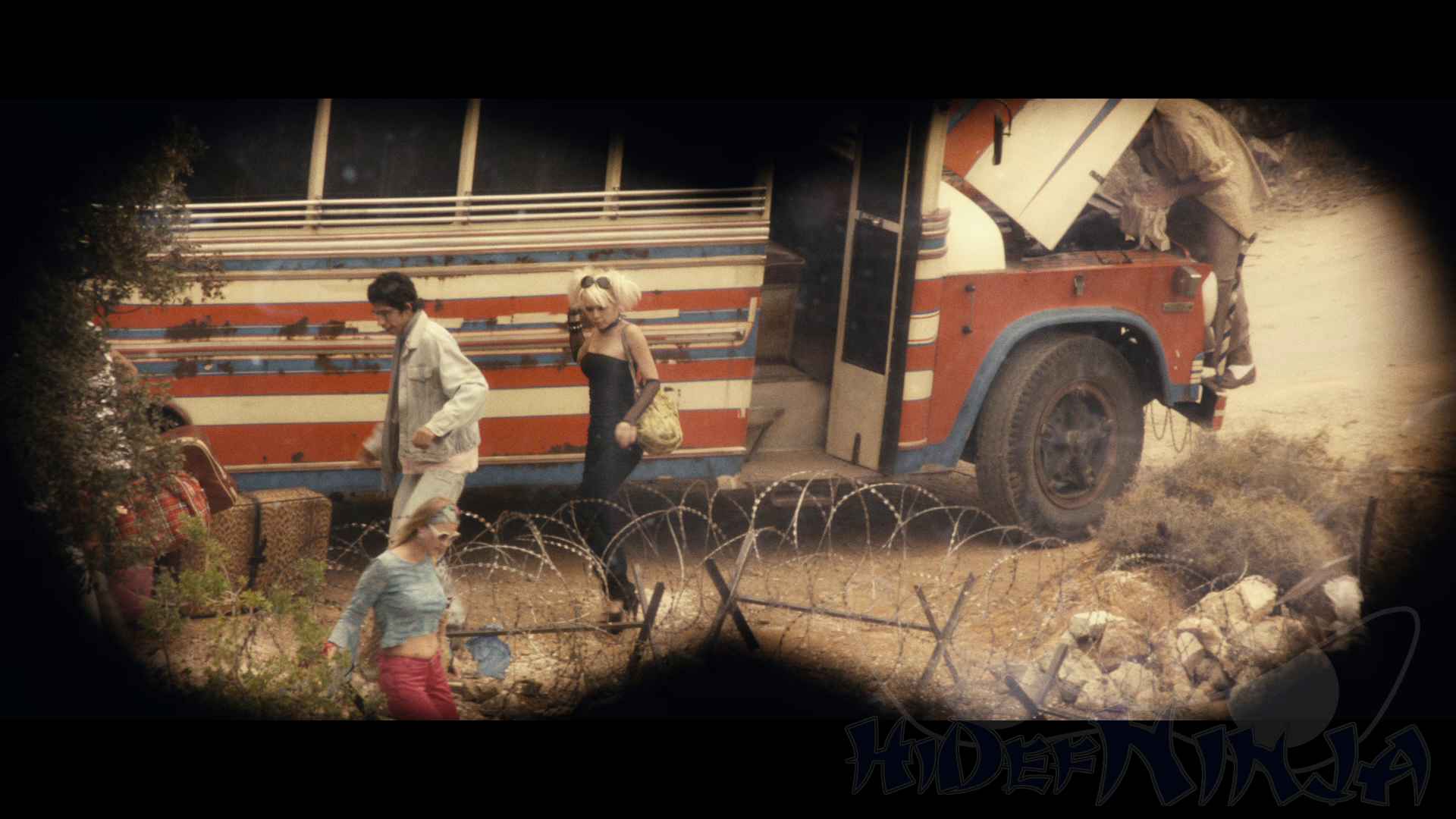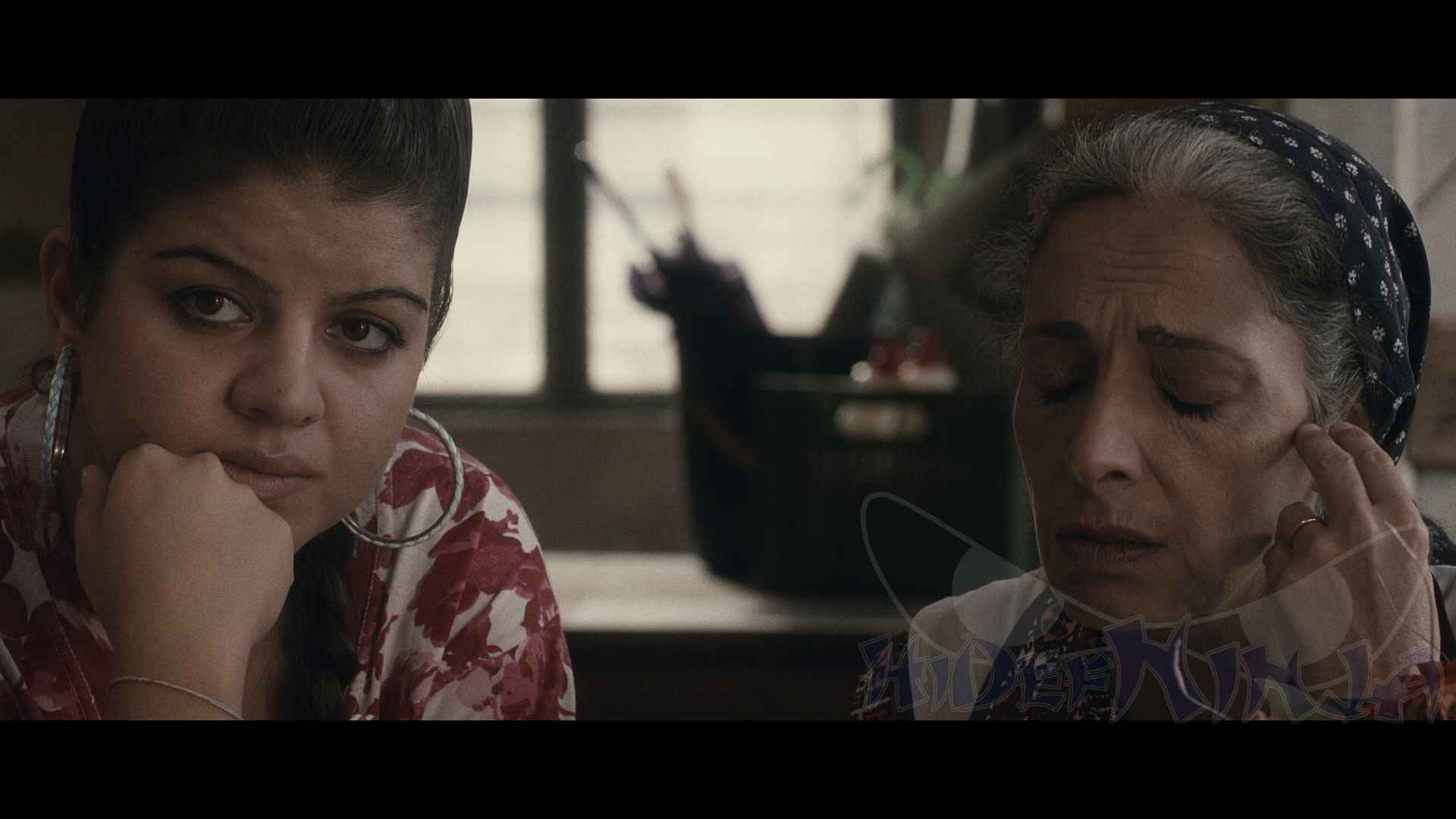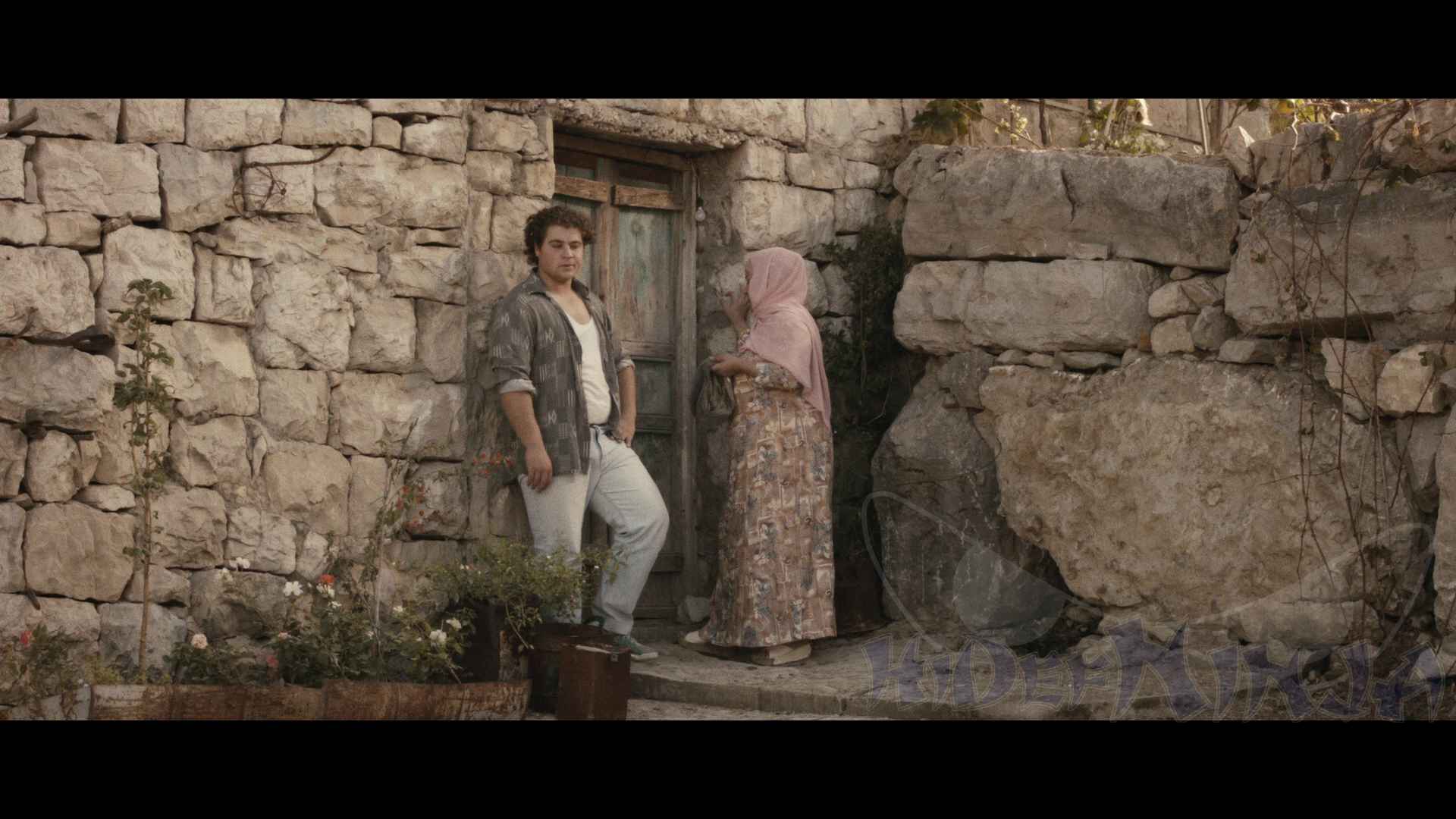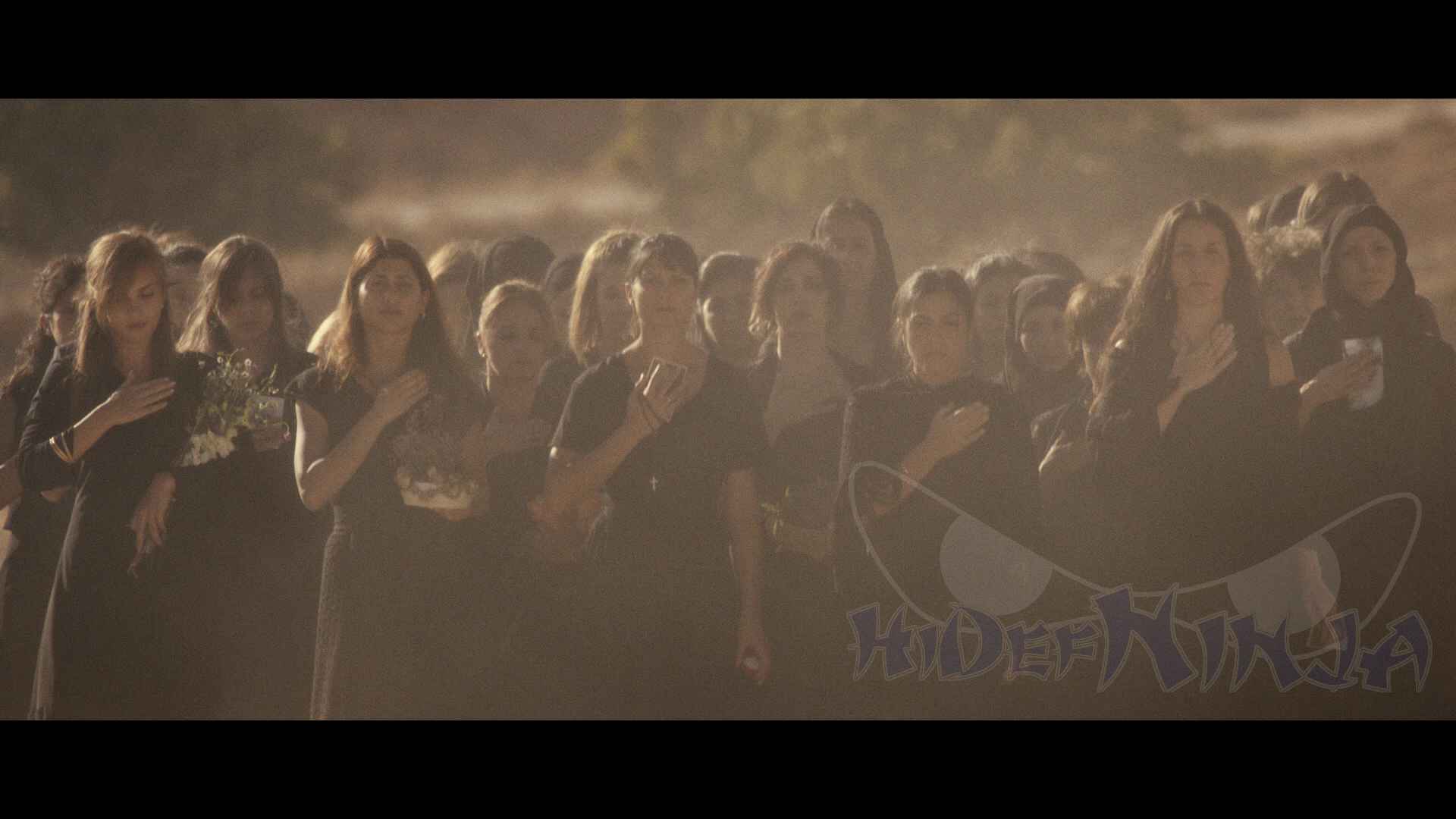How far would a mother go to stop their child from taking up arms in order to prevent that child from killing others due to different beliefs? Where Do We Go Now? explores these ideas in a unique musical dramedy from Lebanese writer/actor/director Nadine Labaki. This fairytale-like film covers serious issues regarding war, traditions, and different beliefs with humor, drama, and music – all adding up to a very entertaining film just under two hours.
Nadine Labaki first achieved international stardom when she wrote, directed and starred in the film Caramel in 2007. This film brought Lebanese filmmaking into the limelight due to it being just a slice-of-life dramedy about some beauty shop women living in Lebanon, rather than being a political film about the Lebanese civil war. In her second film released in 2011, Where Do We Go Now? gets a bit more serious and political but its message about violence and war applies everywhere, not just in Lebanon or the Middle East. In a tiny mountain village in Lebanon populated by Christians and Muslims, the village women gather every day to gossip in a cafe run by widow Amale (played by Nadine Labaki). Muslim women argue with Muslim women. Christian women argue with Christian Women. Christian women laugh it up with the Muslim women. In other words, everybody gets along regardless of religious beliefs. Amale’s cafe is being renovated by a Muslim man name Rabih (played by Julian Farhat), who both flirt with each other. Their flirtation represents the shaky relationships of all the other Muslims and Christians in the village. Due to the town being located in an area with poor tv/radio reception, villagers are left clueless about outside world events, especially regarding the status of the country’s religious civil war. Thanks to limited tv and radio reception, the Muslim and Christian women team up together to prevent any of the village men from finding out about the religious-inspired violence that is flooding the country. In many funny schemes, with help from the village priest and imam, the women sabotage tv wires, throw newspapers into the fire, and even hire Ukranian strippers to distract the men – hoping that their anger will cool down and use that energy to think about their libido instead. But there are only so many ways that the women can distract the men until they do find out what’s actually going down in their country. In the film’s powerful climax, the women’s final plan to make the angry men come to their senses is one of the most original ideas ever conceived for a practical way to stop war.
The film’s music created by Nadine Labaki’s husband Khaled Mouzannar is not only first rate but also quite memorable. The three or so musical numbers merge together perfectly with the story and are not some disconnected musical numbers plopped in for gimmick’s sake. Where Do We Go Now? is a great example of how musical numbers, comedy, and drama can perfectly blend together without throwing off the message. The music transforms the film into an almost timeless fantasy film – making Where Do We Go Now? a truly unique film.
Cinema is lucky to have someone like Nadine Labaki for she is a reminder to all those award-winning actresses that get ignored by Hollywood after receiving awards. I have noticed that many award-winning actresses don’t get such juicy roles after their award-winning ones. Maybe they ask for too much money or maybe they don’t get offered amazing roles, but look what happened to the last bunch of Oscar Best Actresses – Portman, Bullock, Cotillard, Winslet, Witherspoon, Swank, Theron, Kidman, and Berry. After winning their awards, they were back in forgettable or minor roles after. It’s possible that actresses may have it harder than actors in Hollywood due to age, sexism, and competition from other up-and-coming hot actresses. The only way to stay on top of the game is to be part of the total filmmaking process, such as create your own roles. If Labaki continues to write, direct, and star in her own movies, she’ll have a long, respectable career in film. Doing one movie every five years works well too. Less is more when the few films are quality ones, such as in the case of Terrence Malick’s film career.
Sony’s 1080p 2.35:1 presentation is pretty damn impressive. Sharpness and detail are spot on. For a movie that focuses on a sunny mountain village, the depth and crispness stand out in most scenes. The print is pristine, as one would expect from such a recent film – there are no scratches, dirt, or flaws. Colors and skin tones look natural and the cinematography certainly looks breathtaking on this Blu-ray. Just beautiful.
As dialogue-heavy as the movie may be, the Arabic DTS-HD 5.0 soundscape is consistently alive with the sounds of the village, atmospheric effects, and musical numbers. Dialogue and musical scenes get equal respect – the volume level is perfectly balanced between the two. Directionality is handled nicely without being unnatural. Overall, the audio on this Blu-ray is a wonderful listening experience.
English subtitles are only included.
Sony has provided a decent selection of supplements including some featurettes, interviews, and a commentary. These extras are really eye-opening and interesting. Once you watch the interviews with Labaki and listen to her commentary, you’ll realize that she is a genius. If she hasn’t been approached by Hollywood yet, she will. There’s no way that Hollywood will ignore her talent. With so few great female directors out there, Nadine Labaki will soon be added to the list if she keeps up her impressive writing, acting and directing.
– An Evening With Nadine Labaki, Khaled Mouzannar and Anne-Dominique Toussaint
– The Making of Where do We Go Now?
– Making the Music
– Filmmaker’s Commentary
Even though the filmmaker is Lebanese and the film’s issues represent the problems faced in Lebanon and the whole Middle Eastern region in general, the village in Where Do We Go Now? is supposed to represent any town in the world. The film is a message for people with all kinds of differences and how ridiculous people can be when they let those differences cause unneccessary problems with each other. The multi-talented, Monica Bellucci look-alike Nadine Labaki did an amazing job leading a group of talented actresses and actors (many never acted before) who all tell the basic story how religious disagreements can cause a problem in a community. In Where do we go now?, Labaki comes up with a very simple answer to solving a very complicated problem.
Interested in finding out the answer? Then check out this cinematic work-of-art on Blu-ray!



